Letter-sound association Normal Letter Recognition Worksheets for Ages 5-7
5 filtered results
-
From - To
Our "Letter-Sound Association Normal Letter Recognition Worksheets for Ages 5-7" are designed to help young learners master foundational reading skills. Through engaging activities, children will connect letters with their corresponding sounds, paving the way for successful reading and writing. These worksheets cater to multiple learning styles, making letter recognition and phonics fun and accessible. With a focus on age-appropriate content and gradual progression, our printable resources support teachers and parents in fostering literacy development. Ensure your child or student builds essential early reading skills while enjoying the learning process with these effective and educational worksheets.
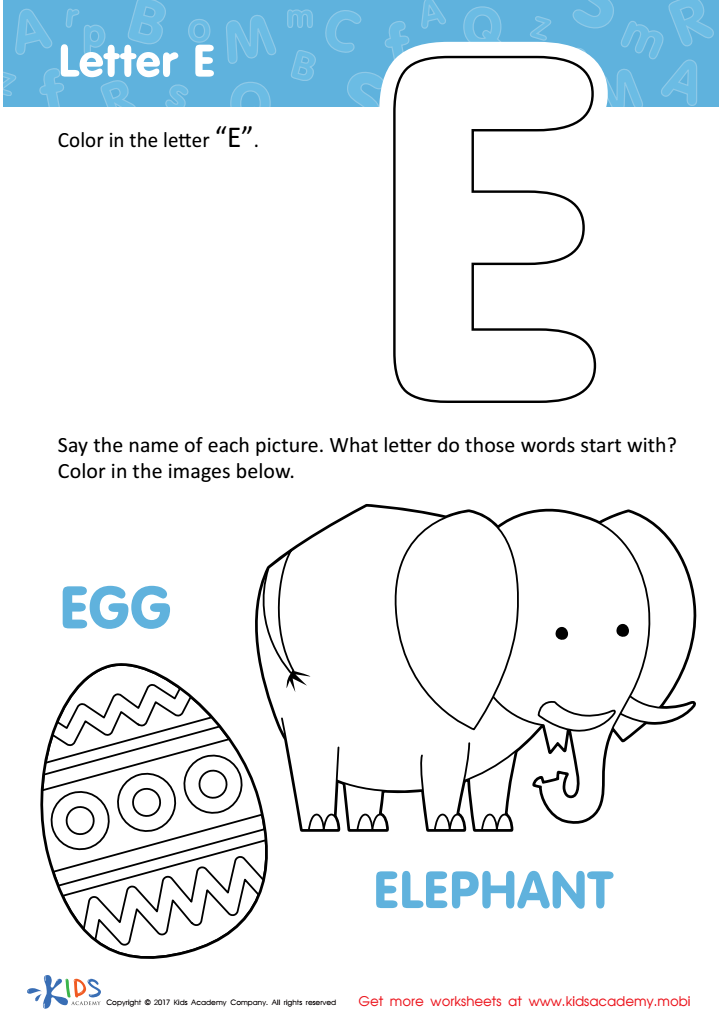

Letter E Coloring Sheet
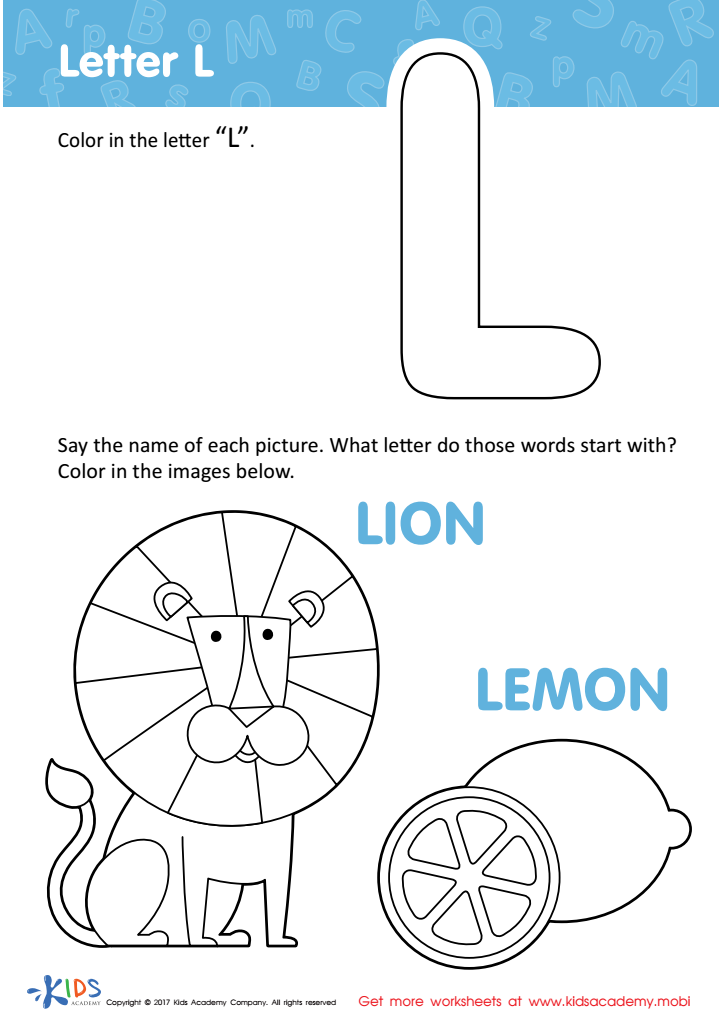

Letter L Coloring Sheet
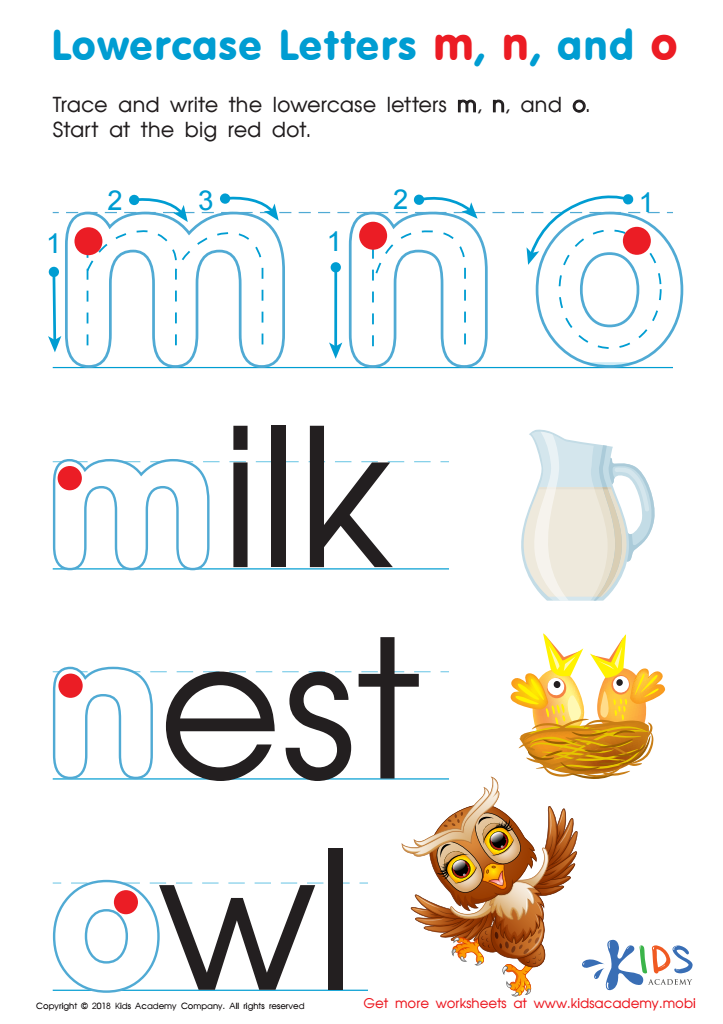

Lowercase Letters m n o Worksheet
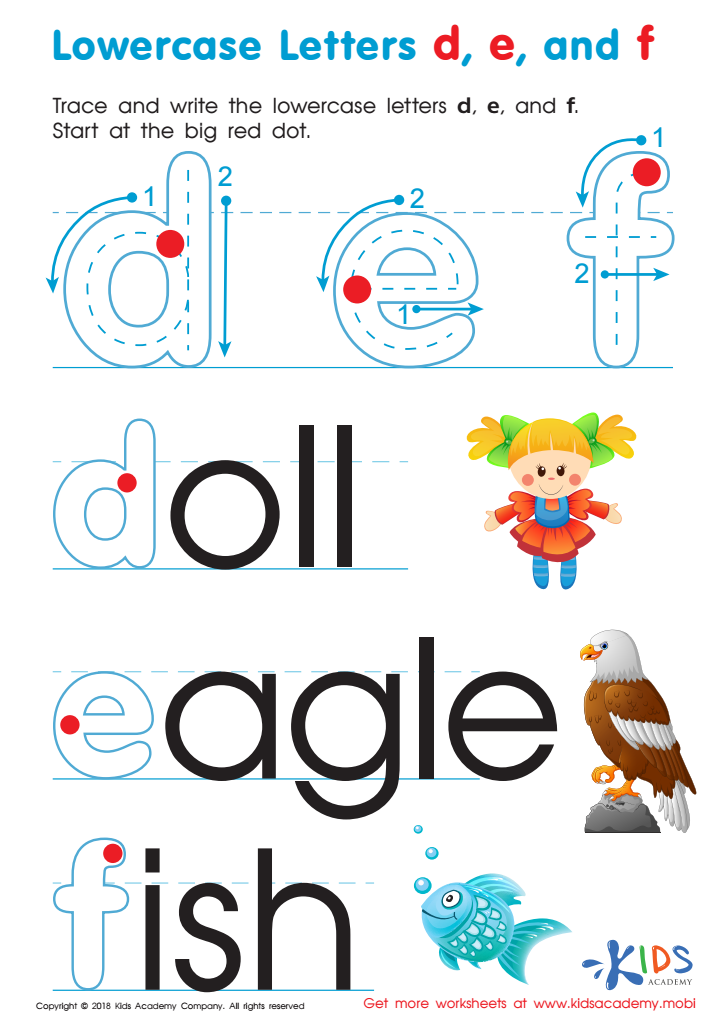

Lowercase Letters d e f Worksheet
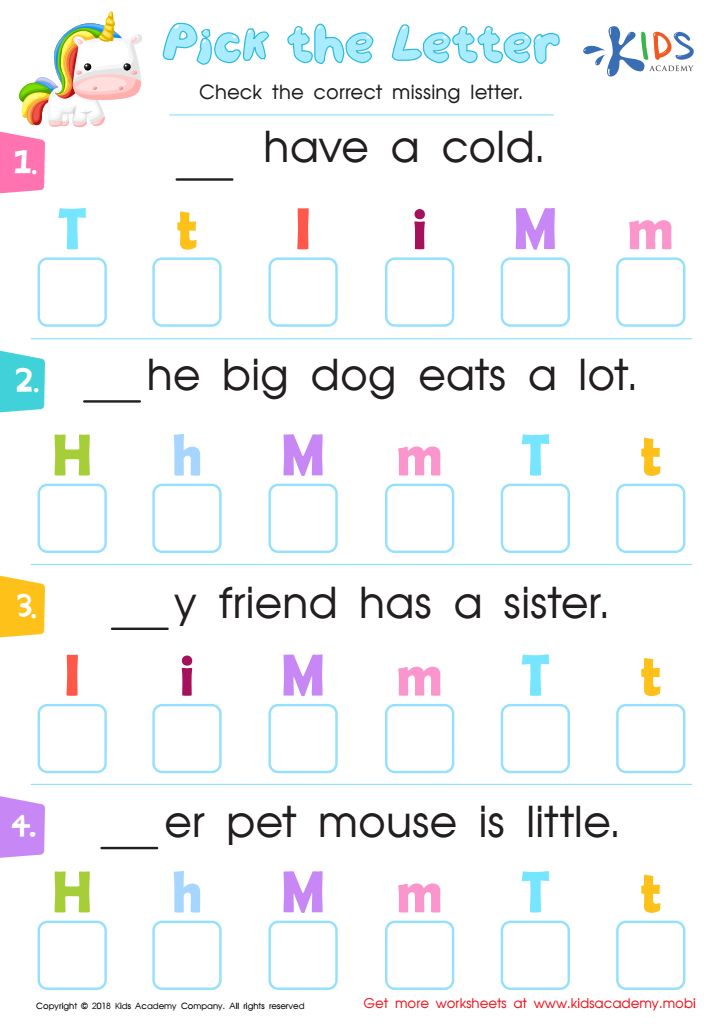

Pick the Letter Worksheet
Parents and teachers should place significant emphasis on letter-sound association and normal letter recognition for children ages 5-7 because these skills are fundamental to early reading and literacy development. At this age, children are in a critical period for developing the building blocks of reading, which includes understanding how letters correspond to sounds (phonics). This understanding helps children to decode new words, paving the way for independent reading.
Letter-sound association also supports vocabulary growth. When children can recognize letters and their associated sounds, they can sound out and learn new words, enhancing both their spoken and written vocabulary. This in turn boosts their comprehension skills as they are able to understand what they read more effectively.
Moreover, mastering letter recognition and phonics builds confidence and motivation in young learners. Kids feel a sense of achievement when they can recognize letters and their sounds, read new words, and subsequently sentences. This positive experience encourages a love for reading, essential for lifelong learning and academic success.
Neglecting these foundational skills can lead to reading difficulties which may affect a child's educational trajectory. Early intervention ensures that children do not fall behind, thus supporting their overall literacy and academic progress. Therefore, parents and teachers should especially prioritize these skills during the formative years of ages 5-7.
 Assign to My Students
Assign to My Students















